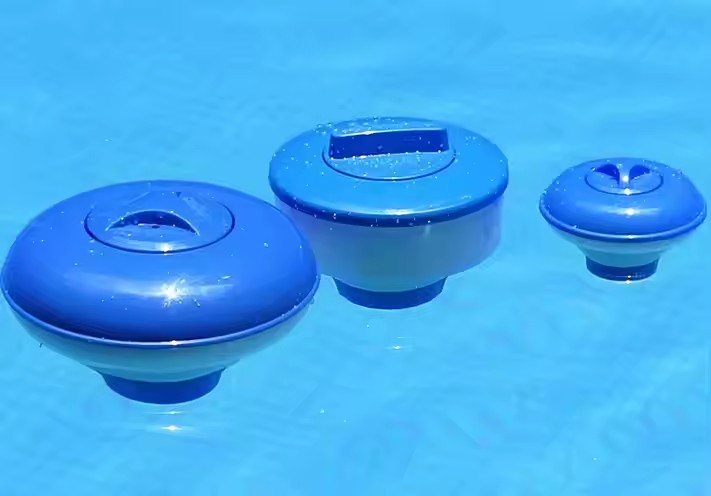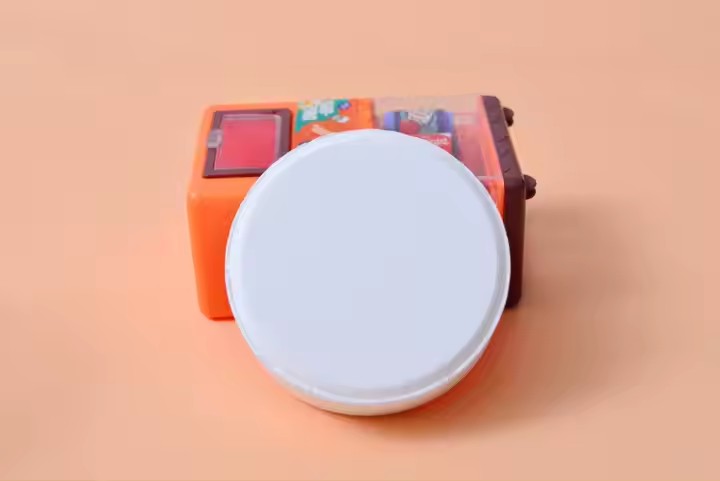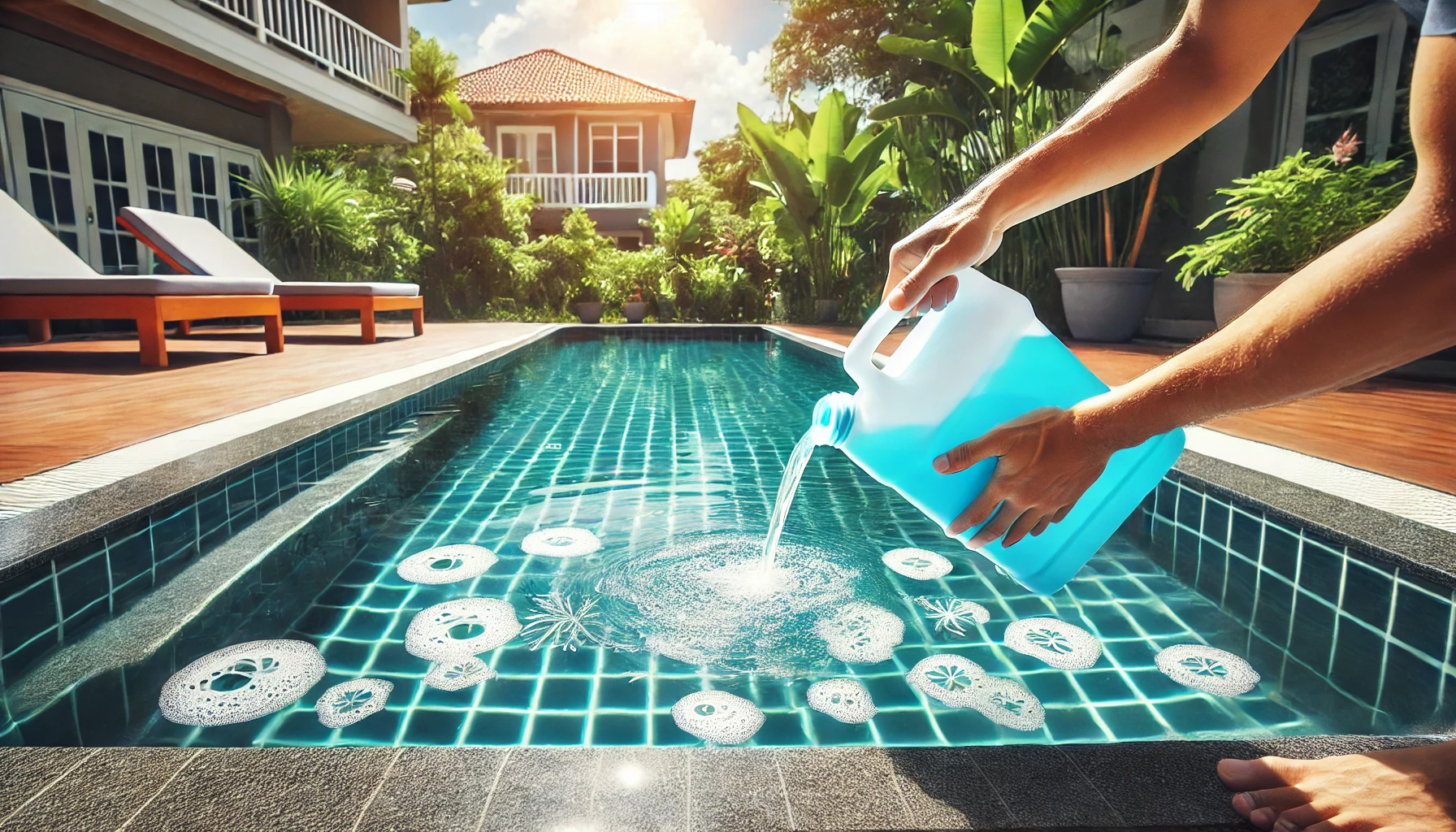Clean, clear, healthy, and safe… these are words we love to associate with water. We want our drinking water to be clean, clear, healthy, and safe, and we want the same for our pool water. One of the most important factors in maintaining beautiful pool water quality is the pool filter. Many pool owners use cartridge filters, which are both effective and easy to maintain. To get the most out of your filter, it’s crucial to understand how to clean a cartridge pool filter properly.
Introduction to Cartridge Filters
Cartridge filters use cylindrical pleated polyester cartridges as the water filtration medium. Water flows through the fabric, capturing debris. Cartridges can last 3-4 years before needing replacement, depending on pool usage, water chemistry, and maintenance practices. The best way to extend the life of your cartridge is through regular cleaning.
According to manufacturer recommendations, you should clean your cartridge under the following conditions:
- The filter pressure gauge reads 8-10 PSI higher than the clean starting pressure.
- It has been 3-6 months since your last cartridge cleaning.
Tools and Supplies Needed for Cleaning
Before starting the cleaning process, ensure you have the following tools and supplies ready:
- Garden hose
- Spray nozzle
- Filter cleaner
- Large bucket (if needed)
- PTFE or silicone lubricant
- Replacement filter tank O-ring (if needed)
- Replacement cartridge (if needed)
- Rubber mallet (for multi-element filters)
- User manual (just in case)
Having all the necessary supplies on hand ensures you can clean your cartridge filter immediately when it’s not functioning properly.

Detailed Steps for Cleaning the Cartridge
Cleaning a cartridge pool filter is relatively straightforward. The process involves removing the cartridge, cleaning it, and putting it back in place. Here are the specific steps:
Shut Off the Pool Pump
First, turn off the pool pump at the breaker. This ensures safety and prevents any accidents during the cleaning process.
Release Air from the System
Slowly open the air relief valve (usually located at the top of the filter) to release any excess air from the system.
Remove the Filter Clamps or Assembly
Remove the clamps or assembly holding the filter in place. At this point, your user manual might be useful to ensure you do this correctly.
Remove the Filter Top
Carefully remove the top of the filter. Slowly and gently take out the cartridge and set it aside. Check all parts for damage and wear. If you find any cracks, tears, or if the cartridge feels soft, it needs to be replaced.
Clean the Cartridge with a Garden Hose
Use the spray nozzle on your garden hose to clean the cartridge. Spray at an angle to get between the pleats. Do not use a pressure washer as it can damage the cartridge.
Use a Filter Cleaner
If the cartridge is very dirty, use a filter cleaner according to the manufacturer’s instructions. Filter cleaners can effectively remove stubborn dirt and oils from the cartridge.
Soak the Cartridge
If the cartridge is extremely dirty, soak it in filter cleaner overnight. Use a five-gallon bucket or a clean plastic trash can, ensuring the cartridge is fully submerged in the water and cleaner mixture.
Inspect and Lubricate the O-ring
Check the filter tank O-ring. If it is in good condition, apply a light coat of lubricant to maintain it. If it is dry, cracked, or stretched, replace it.
Rinse the Cartridge
Thoroughly rinse the cartridge to ensure no cleaner or dirt remains. A clean cartridge can significantly improve filtration performance.
Install the Cartridge
Place the cartridge back into the filter and secure it in place. Make sure the cartridge is firmly seated and not loose.
Replace the Filter Top
Replace the filter top and tighten the clamps or assembly. You might need a rubber mallet to ensure the clamps are tightly sealed.
Restart the System
Make sure the air relief valve is still open to release any excess air from the system. Restart the system. Keep the valve open until a steady stream of water flows from it, then close it.
Check System Pressure
Check the system pressure to ensure it is within the normal range. If the PSI is incorrect, you might have reassembled the filter incorrectly, or there might be other issues with the system. Troubleshoot the pool filter to identify and correct the problem.
Additional Maintenance Tips for Pool Cartridges
To ensure optimal performance of your pool filter, consider these additional maintenance tips:
Regular Water Quality Testing
Regularly test pool water to ensure pH levels, chlorine content, and other indicators are within normal ranges. Good water quality helps extend the life of the cartridge.
Keep Pool Surroundings Clean
Clean the pool surroundings to reduce debris entering the pool. This helps lighten the load on the filter and extends its life.
Control Pool Usage
Limit the number of people using the pool to prevent rapid water quality deterioration. Managing pool usage can effectively reduce the workload on the filter.
Proper Use of Chemical Agents
Use pool chemicals properly to ensure stable and safe water quality. Overuse or underuse of chemicals can affect water quality and the performance of the filter.
Regular Cartridge Replacement
Although cartridges have a long lifespan, their filtration effectiveness will decline over time. Depending on usage, it is recommended to replace the cartridge every 3-4 years to ensure optimal filtration.
Conclusion
By following this guide, you should now understand how to properly clean your pool filter cartridge and the importance of maintaining your pool filtration system. Regularly cleaning the cartridge not only improves water quality but also extends the life of the filter. If you’re looking for an efficient filtration medium, consider using a pool sand filter, which can significantly improve water quality and reduce maintenance efforts. Keep your pool water clean, and enjoy a refreshing swim every time!


